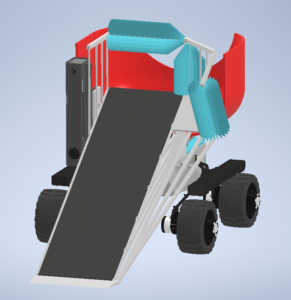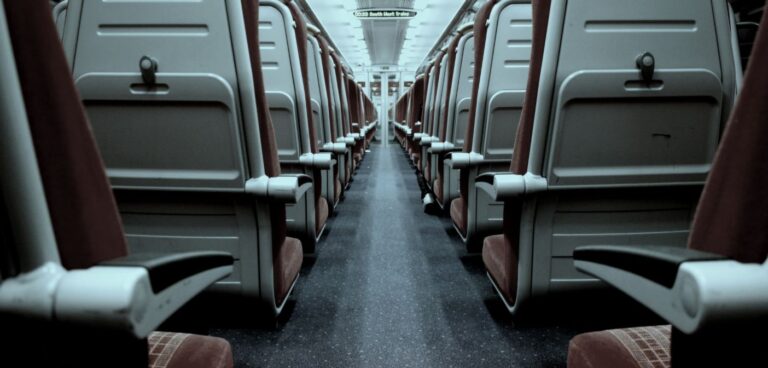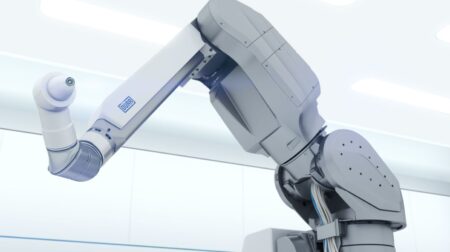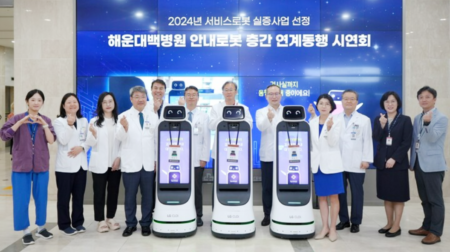Scientists from the National Robotarium, Edinburgh, have unveiled the design of a new train cleaning robot, designed to help existing cleaning teams.
The robot, which is being funded by rail research body RSSB, has been designed to increase cleanliness standards on trains across the UK. It has been created to complement humans by cleaning in the hard-to-reach places such as between and under the seats.
The National Robotarium has spent the last two years working on the most appropriate design and operating system for the robot.

Dr Mustafa Suphi Erden from the National Robotarium is leading the project. He said: “Our research uses robotics and AI to help people to solve a wide range of challenges. With the daily pressure on rail services, it’s essential that trains are cleaned as fast and as efficiently as possible.
“However, at present, this process is done entirely by hand requiring a significant amount of time for the cleaning personnel to collect each waste item one-by-one from under and in-between the seats.
“Reaching underneath seats repeatedly over a long shift can lead to health problems. Also, cleaning staff regularly encounter hazardous and biological waste which poses a significant risk. We’ve worked closely with rail operators to design a robot that can complement existing cleaning regimes, aiding human cleaners to deliver an ongoing service and freeing them up to focus other hygiene tasks including disinfecting surfaces like tables, cleaning the seats and removing dirt, fluid and food waste. As well as being important for health, cleaning can also prevent train delays with discarded newspapers identified as a reason why train doors can fail to close.”
The team used more than 58,300 studio images of waste in a variety of conditions to help the cleaning robot to identify waste more accurately, along with several smaller datasets of actual waste photographed in situ on trains, taken from the perspective of a cleaning robot.
The studio images were designed to provide as much data as possible about the features of each waste item, so each unique item was photographed at many different angles. In addition, waste items that can deform, such as newspapers or coffee cups, were represented in different states.
In interviews with rail service providers, the team obtained further information regarding operating conditions to help guide the design of the robot. The narrow under-seat area, which collects the most waste items, is limited especially on older trains and this makes waste collection challenging for both humans and robots. Some spaces were measured at 28cm tall, with entry points as small as 31cm.
Erden added: “Our chosen design had to be able to work in a very constrained environment as well as travel between coaches and over uneven surfaces. We also need a robot that could collect and store newspapers and cups, the most frequent and problematic waste items on trains, with grasping technology able to manage the geometry of coffee cups and newspapers in a confined space.
“We believe this cleaning robot has the most potential for widespread adoption. It will benefit existing employees by supporting their roles and freeing them up to do less physically demanding and hazardous cleaning tasks while passengers will have reassurance that their carriage has been cleaned to a high standard. We hope this will reassure travellers and result in increased customer numbers for rail operators.”
The research team will now focus on the production of a flexible navigation tool to guide the robot, and a waste detection algorithm.









